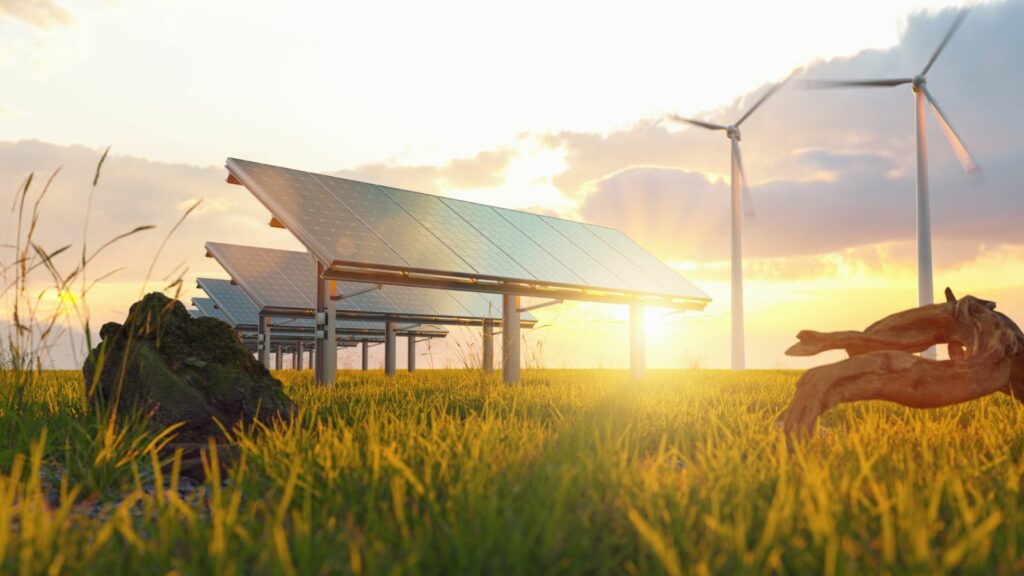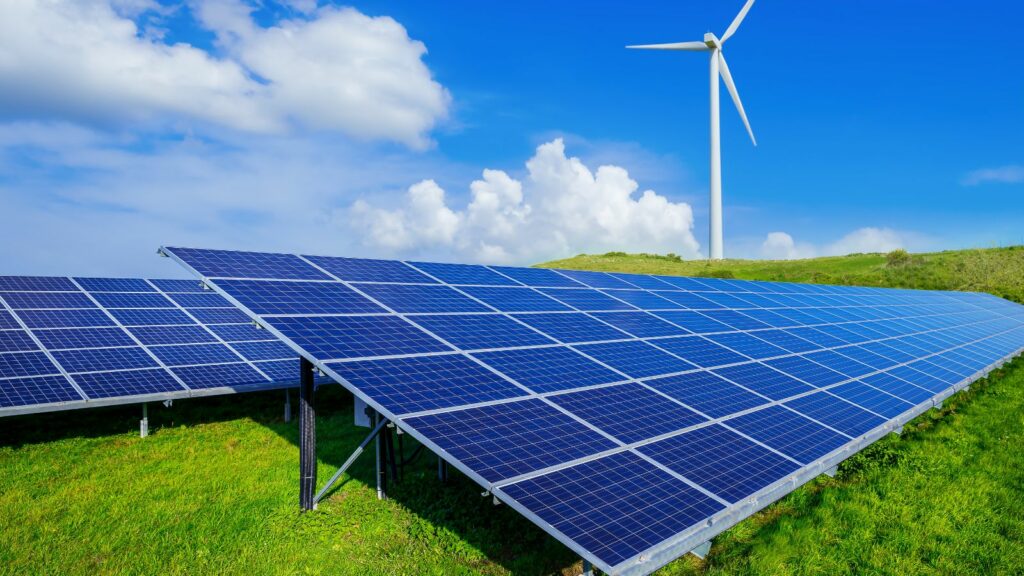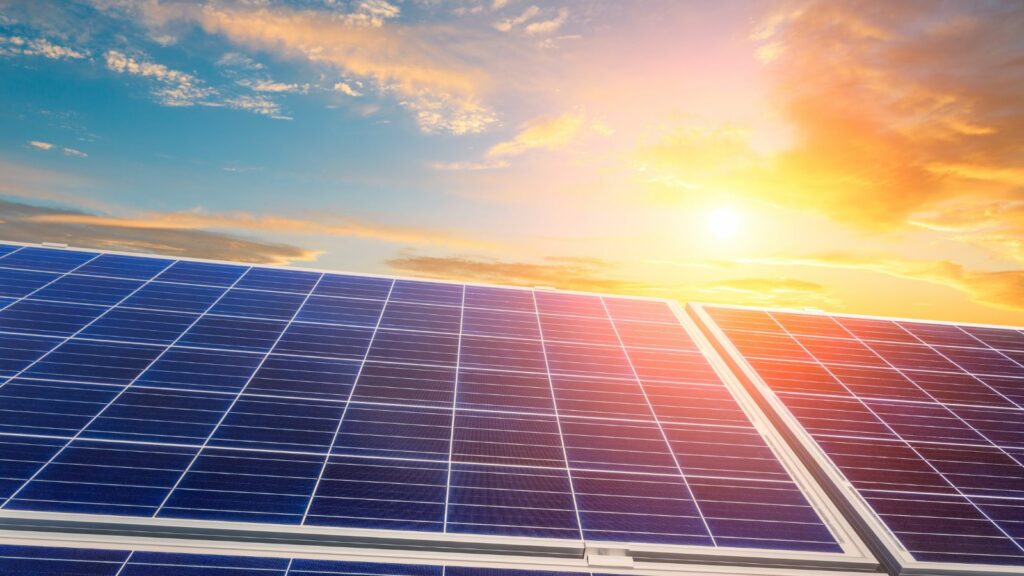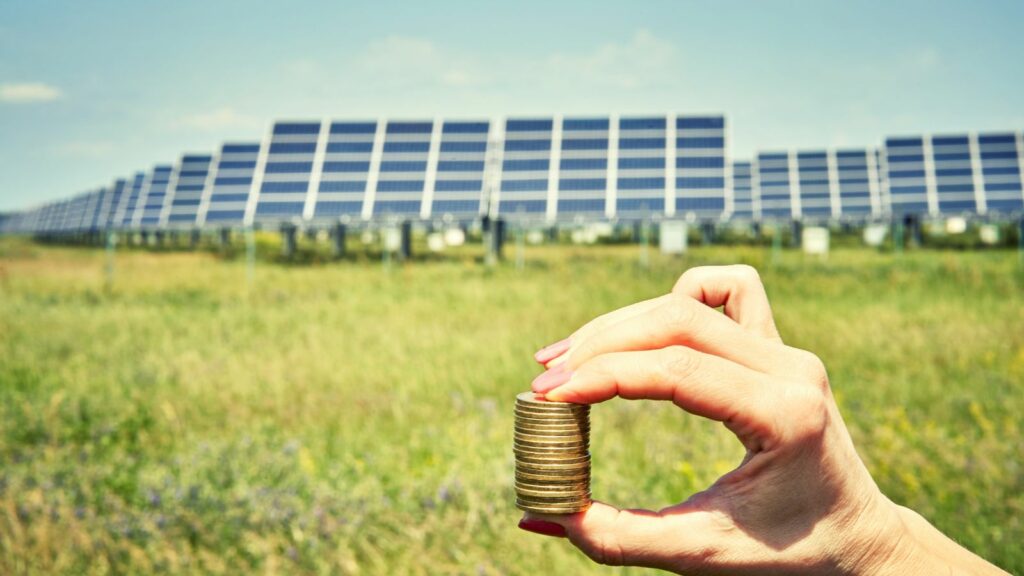As the world pivots towards a more sustainable future, green energy tech stands at the forefront of this revolution. It’s not just a buzzword; it’s a beacon of hope, promising a cleaner, healthier planet for generations to come.
In this era of innovation, green energy tech is evolving at an unprecedented rate. From solar panels to wind turbines, from electric cars to smart grids, these technologies are reshaping our world, one kilowatt at a time.
Green Energy Tech
Emerging energy technologies aren’t simply emerging; they’re skyrocketing. Boasting sustainability and renewability, they’re dramatically reshaping our world.

Green Energy Tech refers to innovative systems and applications designed to harness renewable resources such as sunlight, wind, and water. This segment includes advanced technologies such as photovoltaic cells for solar power, wind turbines for wind energy, hydroelectric power stations for water energy, and biogas plants for biomass energy. To put it simply, it’s tech that converts natural elements into usable energy, all while minimizing environmental damage.
Why Is It Gaining Popularity?
Green Energy Tech’s soaring popularity stems from its commitment to sustainability. It delivers power without depleting natural resources or contributing to environmental degradation. Society’s growing concern with climate change propels it further into the spotlight, driving its adoption across homes, businesses, and entire communities. For instance, solar panels are common fixtures on rooftops, while electric cars are an increasingly regular sight on highways. This growing trend maintained, even accelerated, as global renewable energy installations increased 45% in 2020, according to a report by the International Renewable Energy Agency. Broad awareness about the environmental impact of conventional energy sources and a global push towards cleaner energy alternatives account for Green Energy Tech’s heightened popularity.
Key Types of Green Energy Technologies
Let’s dive into three main types of green energy technologies: Solar Power Systems, Wind Turbines, and Hydroelectric Energy. These technologies serve as the backbone of the green energy revolution.

Harnessing the sun’s abundant energy, Solar Power Systems stand at the forefront of renewable energy solutions. Photovoltaic cells, making up solar panels, convert sunlight into electricity, reducing reliance on fossil fuels. In 2020 alone, approximately 100 GW of solar PV capacity was added globally, underlining its significance in the energy mix. Rooftop installations, providing households with an independent energy source, present exemplar use of solar power systems.
Wind Turbines
Wind Turbines represent another cardinal green energy technology. By capturing wind kinetic energy and turning it into electricity, they contribute significantly to the worldwide effort to reduce carbon emissions. Global wind turbine installations reached a record 93 GW in 2020, indicating their extensive acceptance. Offshore wind farms, generating electricity for millions of homes, exemplify real-world applications of this technology.
Innovations Shaping the Future of Green Energy
Innovations fuel the future landscape of green energy, with advancements in a variety of fields. Two key areas stand out in this innovation landscape: solar panel efficiency and energy storage.

Solar panel efficiency, in terms of turning sunlight into usable energy, has skyrocketed due to innovative technological developments. Modern panels convert about 15-22% of sunlight into electricity, marking a significant enhancement over older models. For instance, SunPower, a global leader in solar innovation, boasts a commercial panel efficiency of 22.8%.
Solar panel efficiency isn’t static. Scientists have introduced solar panels that use multi-junction, a technology incorporating multiple layers of photovoltaic material for maximum light absorption. These panels have demonstrated efficiencies as high as 46%, pointing to a bright future for solar power.
Achievements in perovskite solar cells represent another stride in the industry. These inexpensive, thin, lightweight cells have an efficiency potential of over 30%. Their flexibility provides added benefits, allowing easy integration into building materials, windows, or electronic devices.



